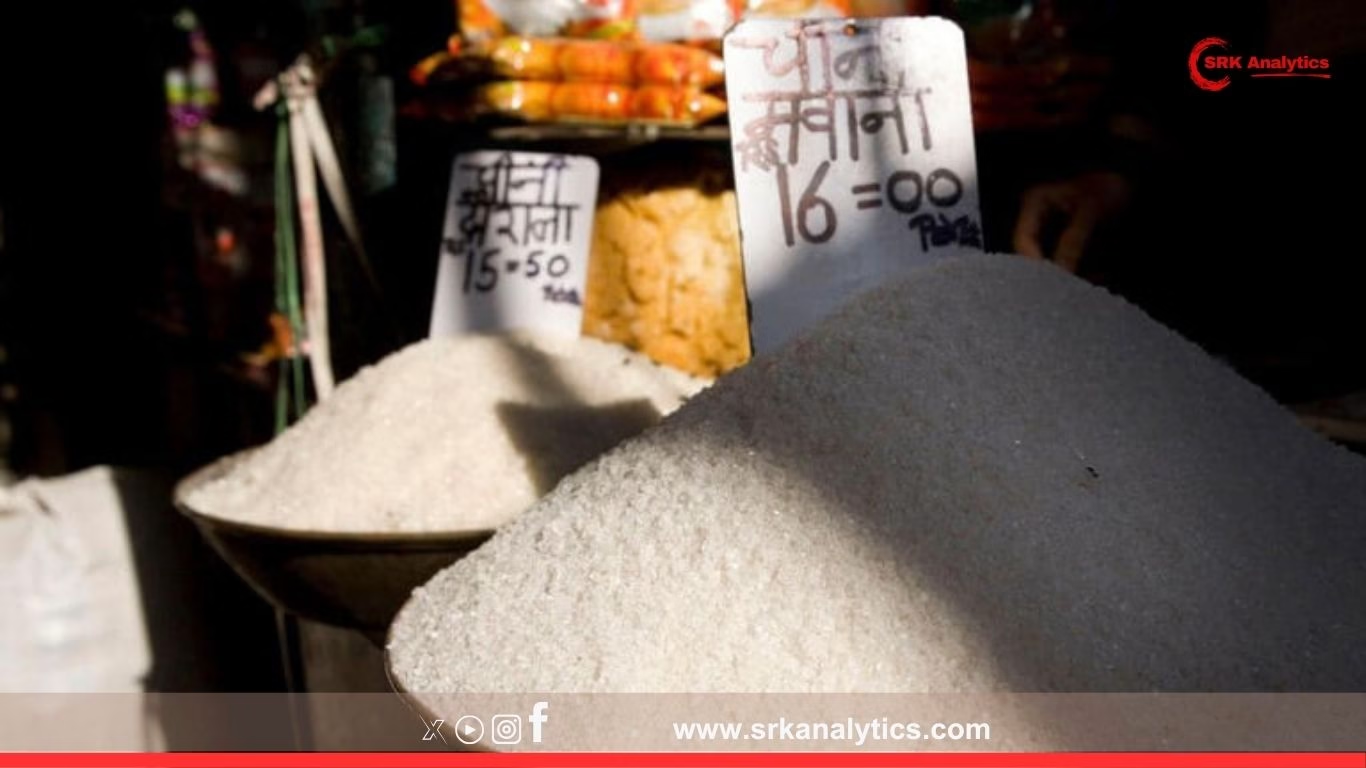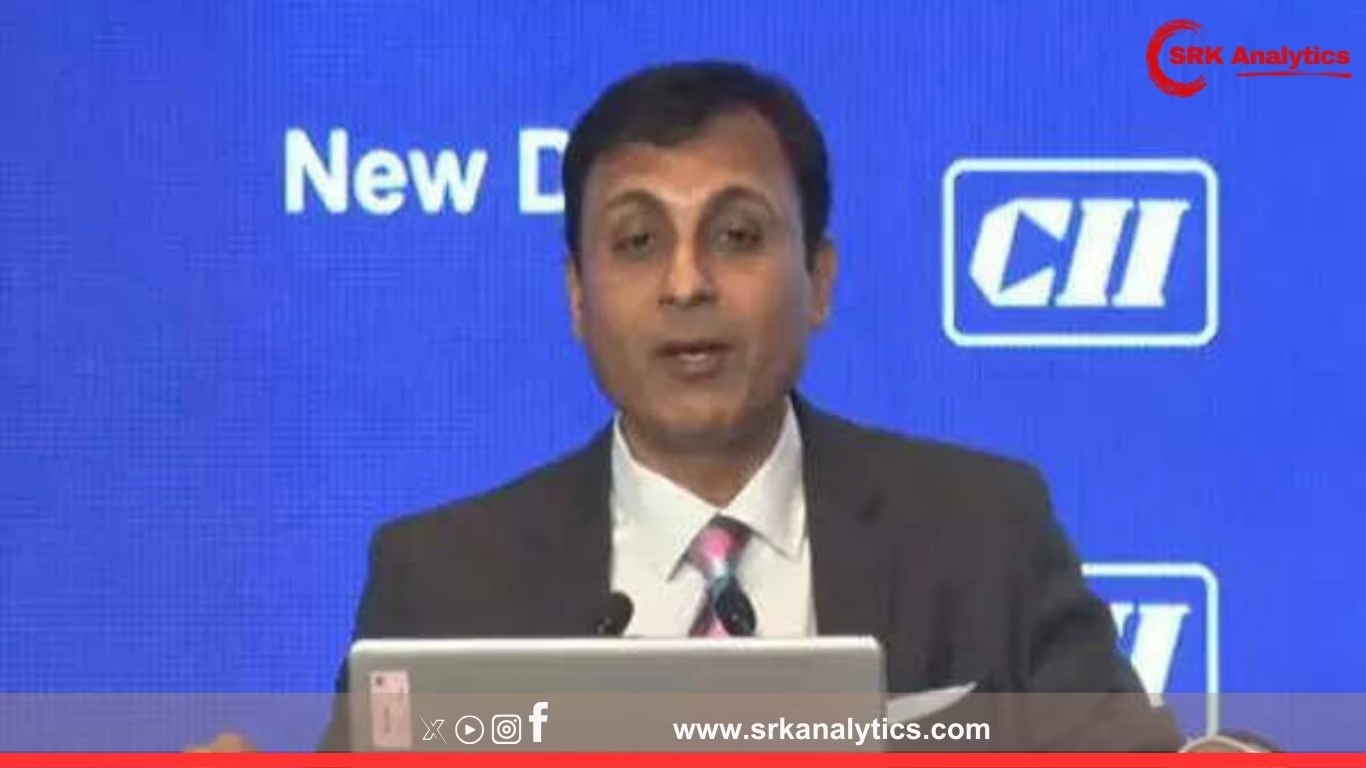Crude oil prices could fall below $60 per barrel by December 2025, driven by sluggish global demand growth, ample non-OPEC supply, and potential easing of geopolitical tensions, according to the latest outlook released by S&P Global Commodity Insights. However, India is expected to remain a bright spot with continued robust oil consumption as its economic growth momentum sustains.
Key Highlights Of S&P Global’s Crude Oil Outlook
S&P Global’s projection signals a potential price decline of 25-30% from current Brent levels of ~$82 per barrel. Their analysis cites:
- Slowing Global Demand Growth: Macroeconomic deceleration in China and Europe and structural shifts to renewables are expected to curb incremental crude demand growth.
- Rising Non-OPEC Supply: The US, Brazil, and Guyana are set to add substantial supply volumes, offsetting OPEC+ production cuts.
- Geopolitical Risk Premium Easing: Tentative ceasefires in West Asia and easing Russia-Ukraine tensions could lower risk premiums baked into prices.
- Inventory Build-up: Higher inventory levels globally due to subdued refinery runs in China and seasonal factors will keep markets oversupplied.
Global Oil Market Dynamics: Snapshot
| Parameter | June 2025 | December 2025 Forecast | Driver |
|---|---|---|---|
| Brent Crude Price ($/bbl) | 82 | <60 | Oversupply, weaker demand |
| OPEC+ Production (mbpd) | 40.5 | 41 | Partial easing of cuts |
| US Production (mbpd) | 13.2 | 13.4 | Shale additions |
| Global Demand (mbpd) | 103 | 102.8 | Weak Asia ex-India growth |
| Global Inventories (mb) | 4,250 | 4,350 | Build-up amid low runs |
India: The Outlier In Global Oil Demand
Despite bearish global market projections, India’s oil consumption is expected to grow by 5-6% year-on-year in FY26, driven by:
- Strong GDP Growth: S&P projects India’s economy to grow by 6.7% in FY26, boosting transportation and industrial fuel demand.
- Expanding Mobility: Vehicle ownership continues to rise, with over 20 million new two-wheelers and 5 million passenger vehicles expected to be sold in 2025.
- Industrial Activity: Growth in steel, cement, and chemical sectors will keep diesel, naphtha, and furnace oil consumption elevated.
- Low Per Capita Consumption: India’s per capita oil consumption remains below the global average, implying significant long-term headroom for demand growth.
Sector-Wise Impact In India
| Sector | Key Fuels Consumed | Current Monthly Consumption (TMT) | YoY Growth (%) |
|---|---|---|---|
| Transport | Petrol, diesel | 7,800 | +5.2 |
| Industrial | Furnace oil, naphtha | 2,500 | +6.8 |
| Aviation | ATF | 675 | +8.5 |
| Agriculture | Diesel | 1,600 | +4.0 |
| Total | All | 12,575 | +5.7 |
Analyst Views
- Mukesh Sahni, Senior Energy Analyst, S&P Global:
“Global oil markets are entering a phase of sustained oversupply as non-OPEC producers ramp up output and demand growth plateaus. While Brent could dip below $60 if OPEC+ does not deepen cuts, Indian demand remains strong and could surpass 6 million barrels per day in FY26.” - Nidhi Verma, Energy Economist, SBI Caps:
“Lower crude prices are a boon for India, reducing import bills, containing inflationary pressures, and narrowing the fiscal deficit. Every $10 fall in crude prices saves India around ₹12,000 crore monthly on import costs.”
Impact On Indian Economy
- Inflation Control:
Retail inflation, driven partly by fuel prices, is expected to remain below 4.5% if Brent averages below $70 for the rest of FY26, offering relief to RBI’s monetary policy stance. - Current Account Deficit (CAD):
India’s CAD could narrow to 1.2% of GDP in FY26 compared to 1.8% in FY25 if crude remains under $65, strengthening rupee stability. - Fiscal Deficit:
Lower oil subsidies and reduced import bills will aid the government in meeting its fiscal deficit target of 5.1% of GDP for FY26 without slashing capital expenditure. - Oil Marketing Companies (OMCs):
HPCL, BPCL, and IOCL are expected to benefit from improved marketing margins, potentially boosting profitability despite reduced inventory gains. - Strategic Reserves:
Analysts suggest India should utilise low prices to build its Strategic Petroleum Reserves (SPR) capacity further to mitigate future volatility.
Challenges Despite Falling Prices
While low prices are beneficial for India, some risks remain:
- Volatility In Global Markets: Sudden geopolitical escalations or OPEC+ policy surprises can reverse price declines.
- Export Impact: India’s petroleum product exports, primarily to Africa and Southeast Asia, may fetch lower realisations.
- Upstream Sector Pressures: ONGC and Oil India may see revenue compression at sub-$60 crude, affecting government divestment and capex plans.
Global Comparison: Winners And Losers Of Low Crude Prices
| Country | Impact | Reason |
|---|---|---|
| India | Positive | Net importer with high growth |
| China | Neutral | Demand growth slowdown offsets benefits |
| US | Mixed | Consumers benefit, shale producers face margin pressure |
| Saudi Arabia | Negative | Fiscal breakeven requires >$70 |
| Russia | Negative | Budget breakeven ~$75, sanctions exacerbate losses |
| Japan | Positive | High dependency, benefits trade balance |
Conclusion
S&P Global’s forecast of Brent crude dipping below $60 per barrel by December 2025 offers a silver lining for major importers like India amid global economic uncertainties. As oil remains a key driver of India’s macroeconomic stability, this expected softness in prices could support fiscal health, consumption-driven growth, and inflation management.
However, policymakers, analysts, and industry stakeholders remain vigilant about any sudden geopolitical disruptions that could reverse these gains. For now, India stands poised to leverage global crude market dynamics to reinforce its economic momentum heading into 2026.
Disclaimer: This news content is intended for informational purposes only and does not constitute investment, business, or economic advice. Readers should consult certified energy analysts or financial advisors before making decisions based on crude market movements.











